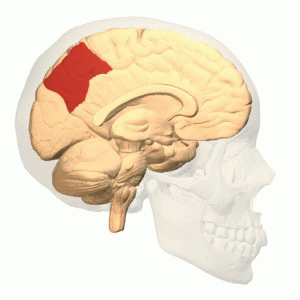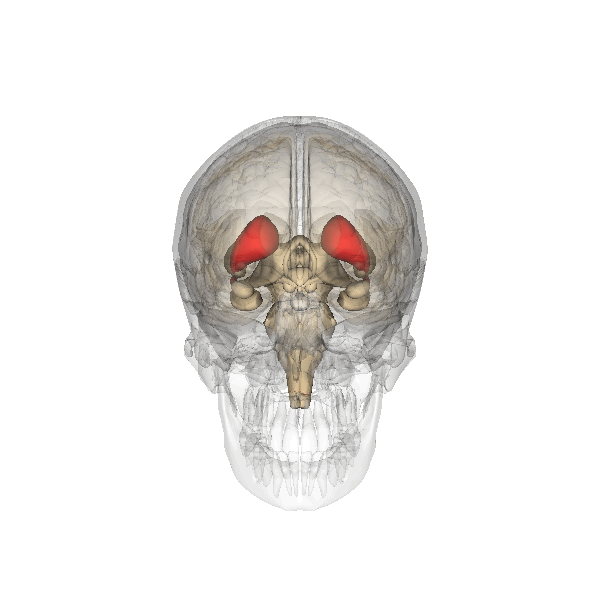
RIKEN | Press Release | 2011 | Researchers uncover neural origins of expert intuition
January 21, 2011RIKENNew findings reported this week in Science by researchers at the RIKEN Brain Science Institute (BSI) shed first-ever light on the neural mechanisms that enable board game experts to quickly generate optimal moves. Results identify specific brain regions involved in granting shogi masters their superior skill, offering insights into the neural origins of expert intuition.
What makes experts different from the rest of us? Over the past century, this question has prompted a range of studies on various aspects of human cognition, revealing clues about the psychological and neurological origins of intelligence, perception and memory. While board games such has chess have provided the most productive setting for such studies, the neural mechanisms underlying cognitive expertise in board game play nonetheless remain poorly understood.
[...]
Collected from: RIKEN | Press Release | 2011 | Researchers uncover neural origins of expert intuition
Master chess players use hidden brain parts: study
(Reuters) - Professional chess players have long stumped fans with how they make killer moves so swiftly and intuitively, and a Japanese study published on Friday may have unlocked their secret.
Tracking blood flow in the brain to detect spikes of activity, researchers found that master players of shogi -- a Japanese game similar to chess -- use two regions of the brain to make critical moves.
Unlike amateur players, who use the precuneus area of the parietal lobe, professionals use the caudate nucleus in the center of the brain, said Keiji Tanaka at the RIKEN Brain Science Institute's Cognitive Brain Mapping Laboratory.
"Professionals are trained extensively for a long time, over 10 years, hours every day. This extensive training (may have) shifted the activity from the cerebral cortex to the caudate nucleus," the study's lead author Tanaka said.
Collected from: Neural Origins of Master Chess Intuition
Collected from: Precuneus - Wikipedia, the free encyclopedia
Collected from: Caudate nucleus - Wikipedia, the free encyclopedia
Functional MRI brain scans show activation in an area of the brain known as the precuneus, as exhibited here by a professional shogi player when presented with a board game pattern.
This fMRI scan highlights activity in the caudate nucleus of a professional shogi player.
The pros' brains showed more activity in the precuneus region of the parietal lobe, which has been linked to pattern recognition, as well as in the head of the caudate nucleus, deep within the brain. [...]
The research team found that the precuneus-caudate connection showed up consistently when professionals were asked to come up with a rapid-fire choice of moves, but not as much for the amateurs. "These results suggest that the precuneus-caudate circuit implements the automatic, yet complicated, processes of board-pattern perception and next-move generation in board game experts," the researchers reported.
Collected from: Cosmic Log - How your brain picks the best move
Related


